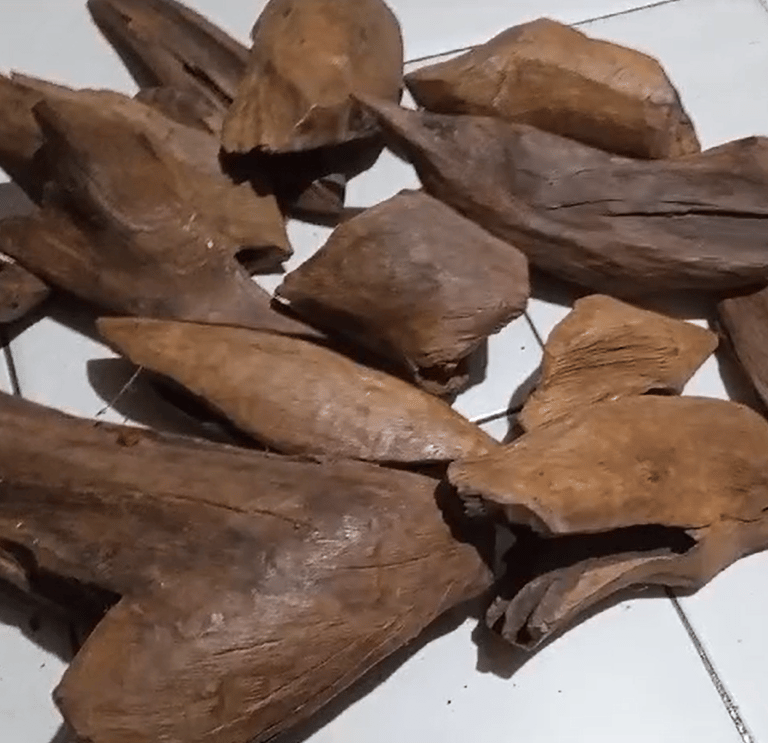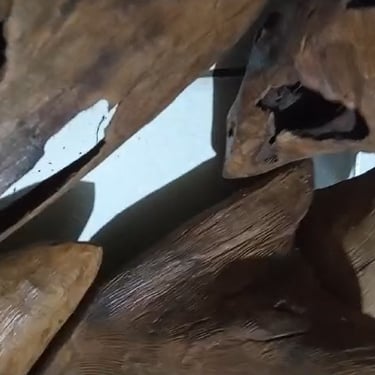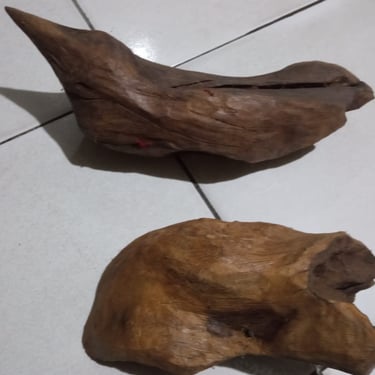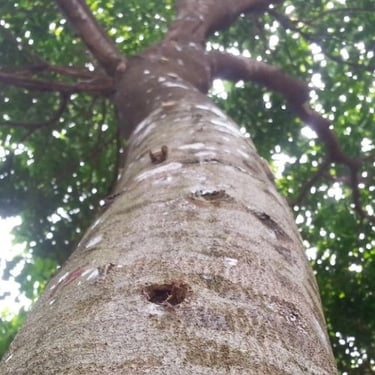Indonesian Agarwood is known as one of the superior commodities with high value that comes from the Aquilaria or Gyrinops tree. This wood is very famous for producing aromatic resin that is used in perfumes, traditional medicines, and religious rituals, especially in the Middle East and East Asia.
Agarwood
Product Description
Indonesian Agarwood is known as one of the superior commodities with high value that comes from the Aquilaria or Gyrinops tree. This wood is very famous for producing aromatic resin that is used in perfumes, traditional medicines, and religious rituals, especially in the Middle East and East Asia. Here are some important things about Indonesian agarwood: Popular species in Indonesia: Aquilaria malaccensis, Aquilaria beccariana, and Gyrinops versteegii.
Types of Indonesian Agarwood


We have Inventory : 30 Kg
Need further confirmation regarding availability
Popular species in Indonesia: Aquilaria malaccensis, Aquilaria beccariana, and Gyrinops versteegii.
Agarwood producing trees are obtained from several regions in Indonesia such as:
Kalimantan
Sumatra
Papua
Sulawesi
Product Photos








Benefits of Agarwood
Perfume: Agarwood is used as a base for high-end perfumes.
Traditional Medicine: In traditional Chinese, Indian, and Arabic medicine.
Aromatherapy and Meditation: Used as incense and essential oil.
Religious: Used in various spiritual ceremonies, including in Buddhist, Hindu, and Islamic traditions.
Economic Value of Agarwood
Agarwood can be sold at a very high price, depending on its quality (grade), starting from hundreds of thousands to tens of millions of rupiah per kilogram.
Indonesia is one of the world's main exporters of agarwood
Agarwood Formation Process
Physical Characteristics of Indonesian Agarwood
Normal wood color (non-gaharu): Pale to light brown. Resinous part: Dark in color, ranging from dark brown, blackish gray, to jet black depending on the resin content. Uneven color, usually with dark vein patterns spreading throughout the wood.
The aroma is very distinctive and strong: sweet, sharp, warm, and refreshing.
The aroma becomes stronger when the wood is burned or distilled into oil (oud oil).
The aroma is one of the main parameters in assessing the quality of agarwood.
The texture of the original wood (Aquilaria and Gyrinops) is finely porous, soft, and light when it does not contain resin.
When infected and produces resin, the part becomes denser and heavier.
The resinous part feels oily and slippery when held.
Density of normal wood: Light (around 0.3–0.5 gr/cm³).
Agarwood part: The more resin, the heavier. Can reach more than 1 gr/cm³.
This is why high quality agarwood can sink in water (“super sinking grade”).
The wood grain is straight to slightly wavy.
The grain pattern will be more visible in the agarwood part because of the color contrast.
Resinless wood: Soft and easy to cut. Resinous wood: Harder, especially in the black, resin-rich parts (sometimes special tools are needed to cut it).
Agarwood is formed when an Aquilaria tree is infected by a fungus or bacteria, and the tree produces resin as a defense mechanism.
This resin is what then becomes the most valuable part of agarwood.
Agrolink
Contact :
Copyright © 2025 Agrolink.id
Trusted partner to provide the best agricultural commodities in Indonesia
